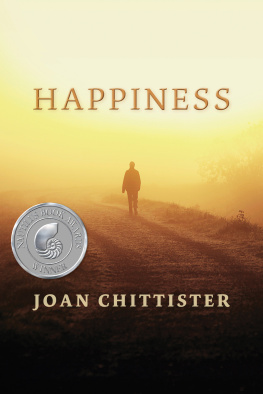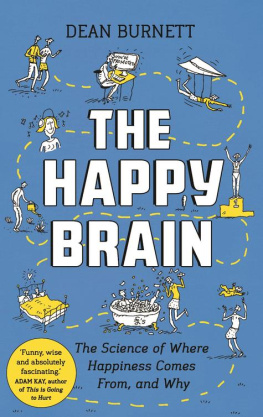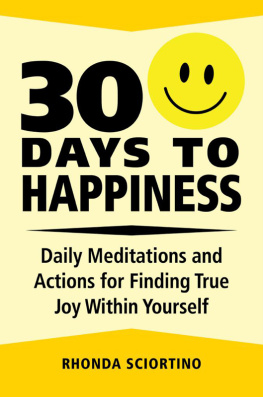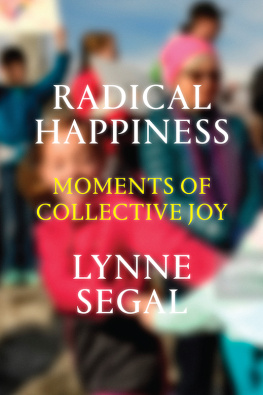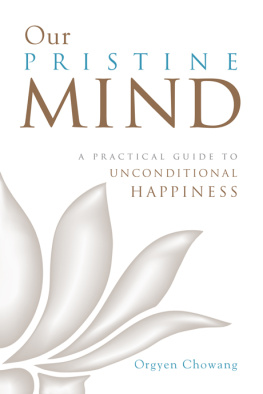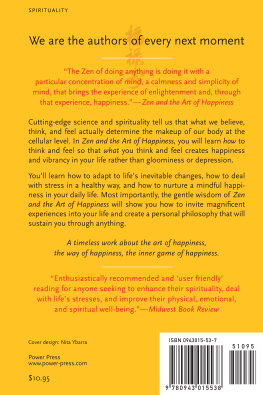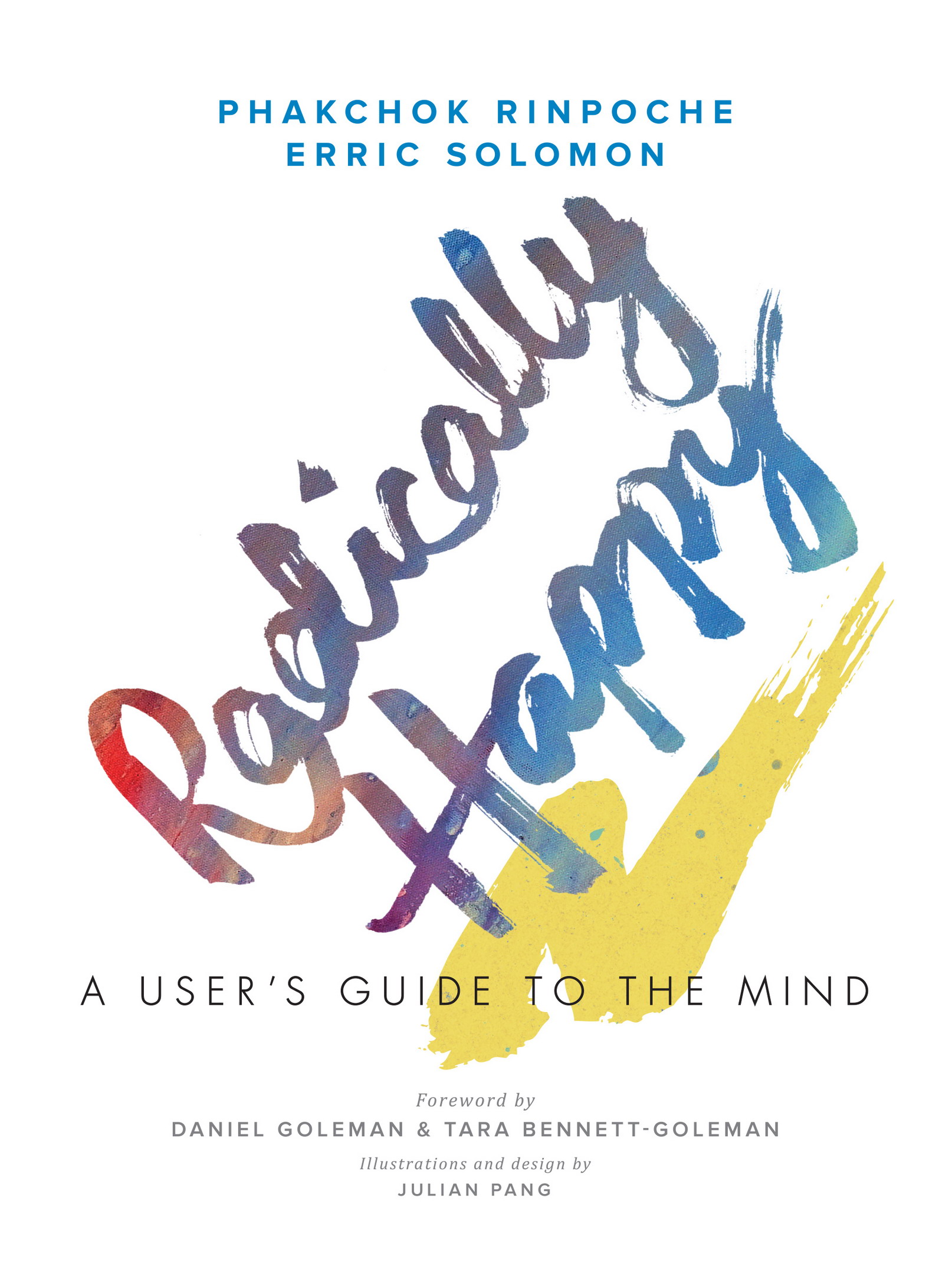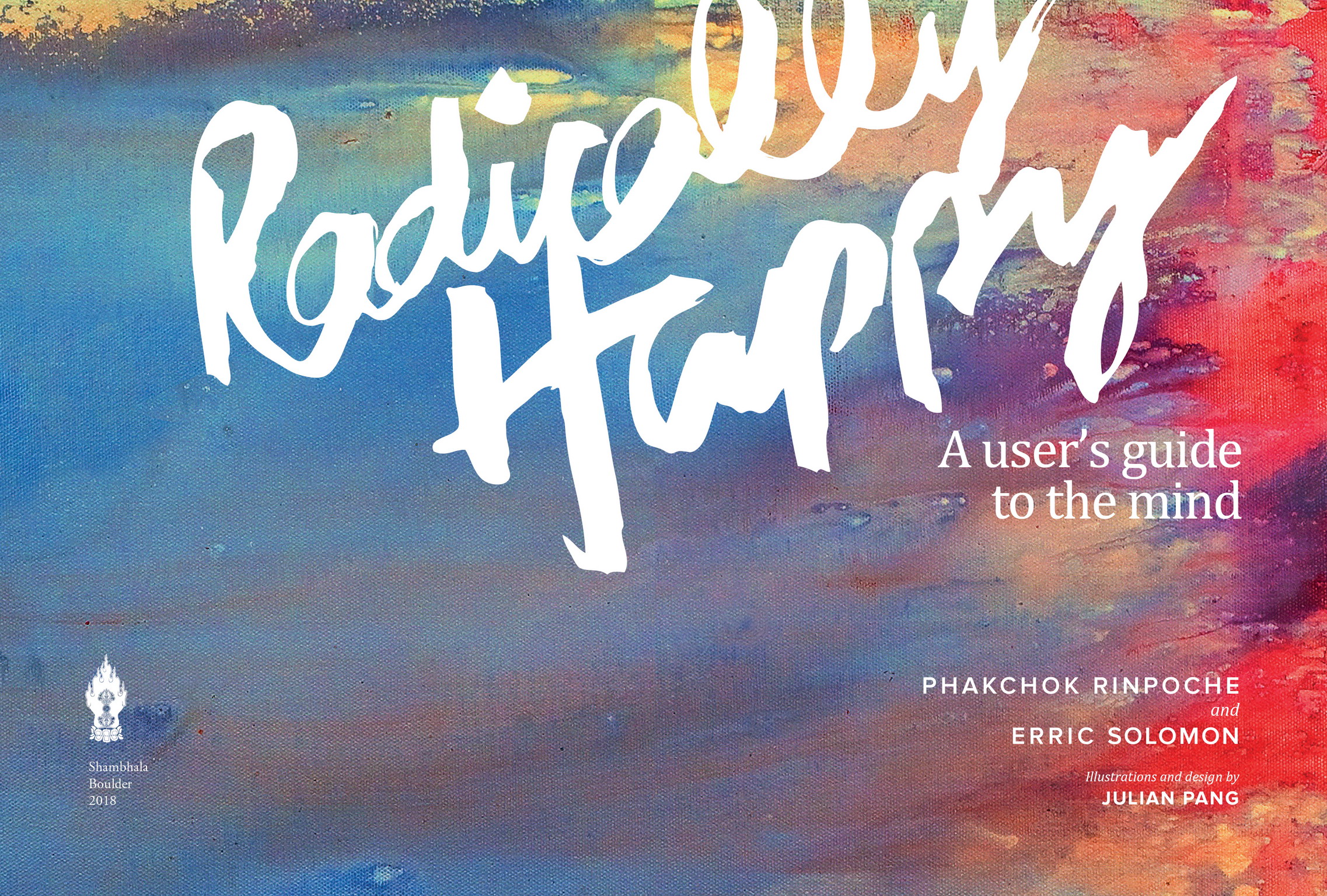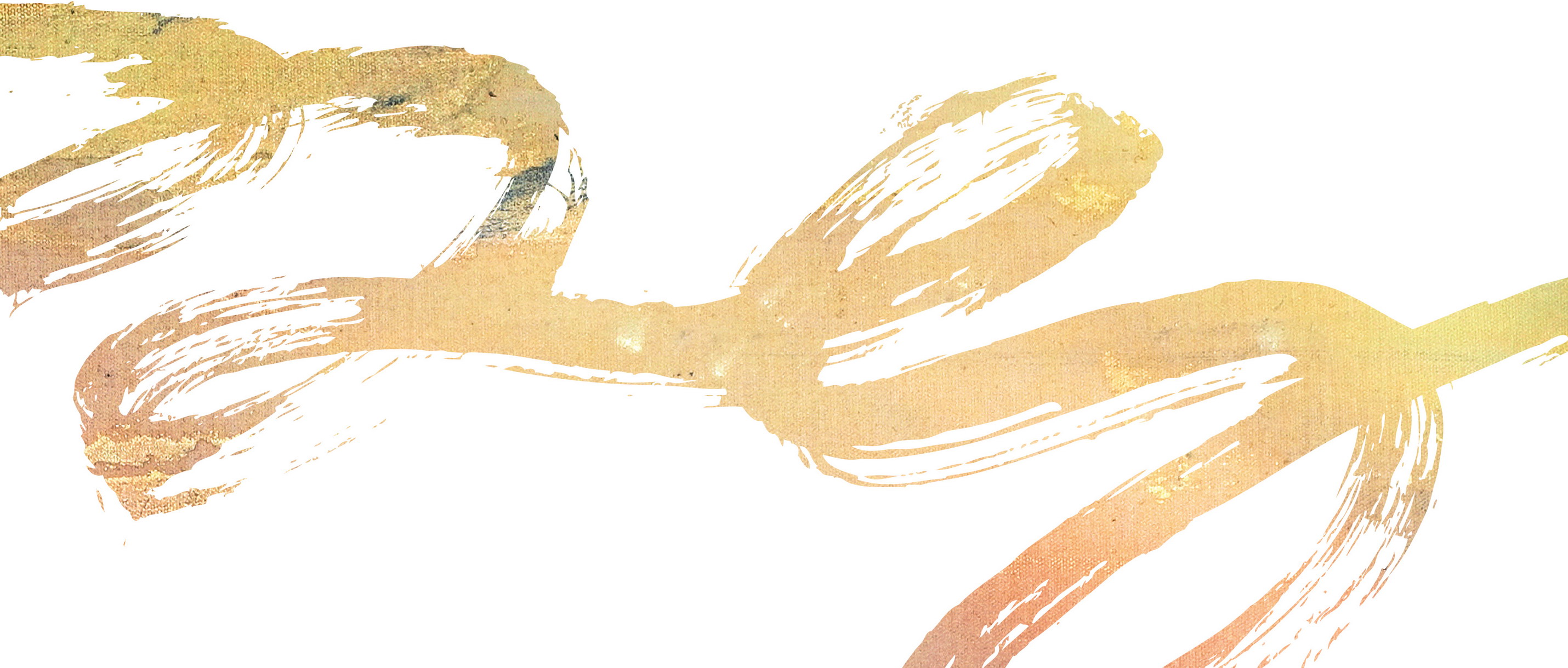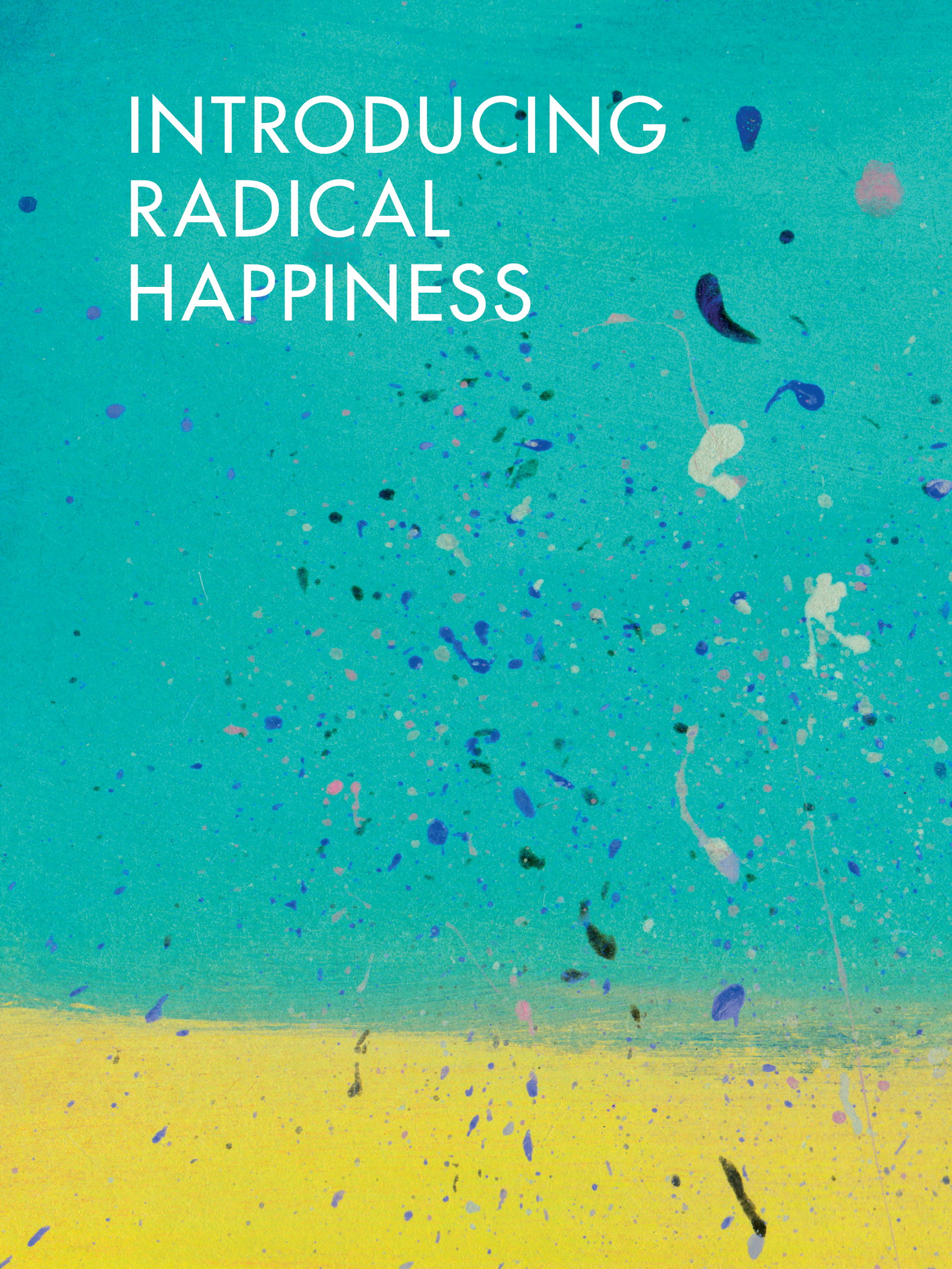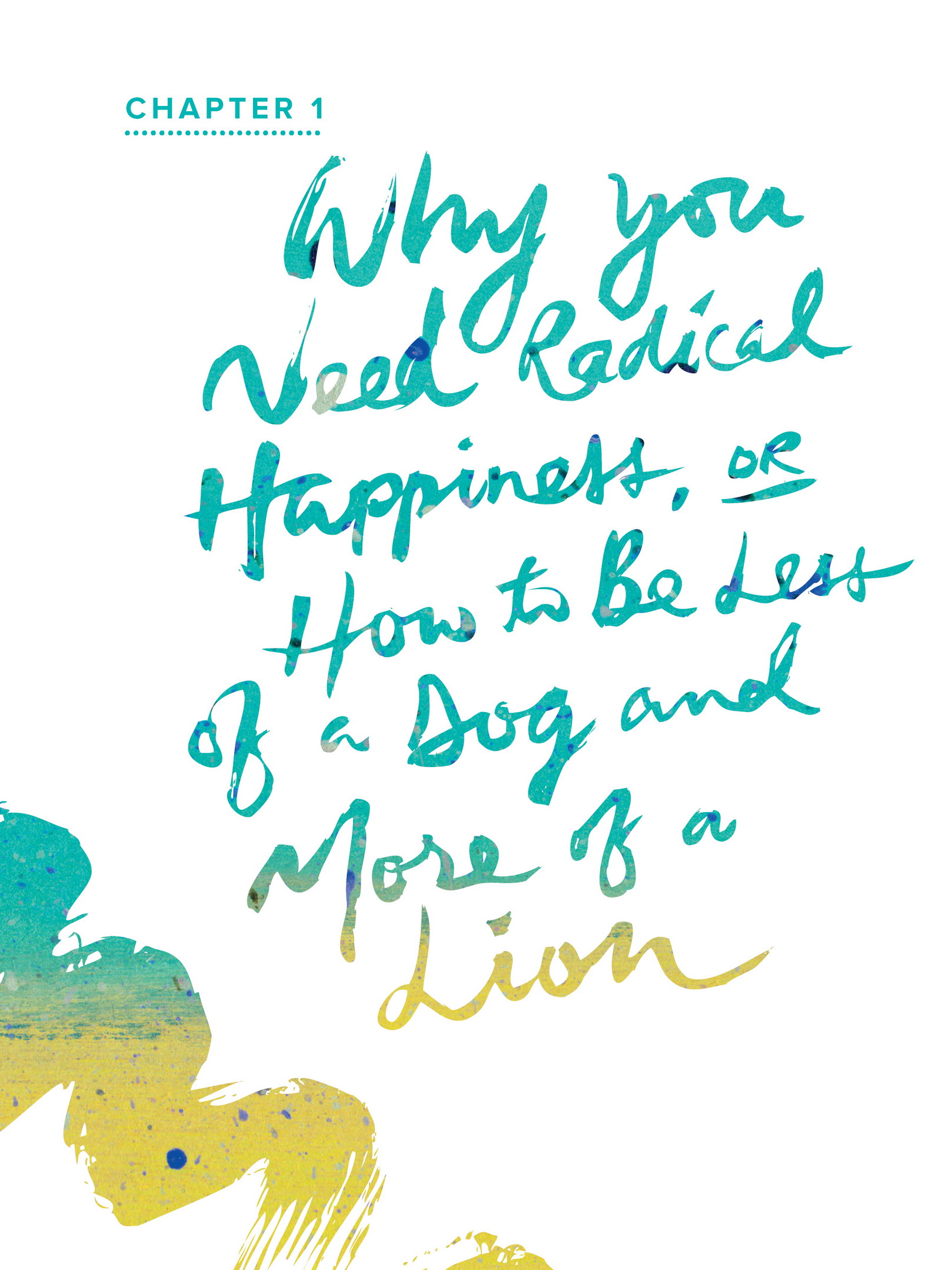Shambhala Publications, Inc.
All rights reserved. No part of this book may be reproduced in any form or by any means, electronic or mechanical, including photocopying, recording, or by any information storage and retrieval system, without permission in writing from the publisher.
Names: Rinpoche, Phakchok, 1981 author. | Solomon, Erric, author.
Title: Radically happy: a users guide to the mind / Phakchok Rinpoche and Erric Solomon; graphics by Julian Pang.
Description: First edition. | Boulder: Shambhala, 2018. | Includes bibliographical references.
Identifiers: LCCN 2017049452 | ISBN 9781611805277 (pbk.: alk. paper)
Subjects: LCSH: BuddhismPsychology. | HappinessReligious AspectsBuddhism. | Mindfulness (Psychology) | MeditationBuddhism.
FOREWORD
I f we look within ourselves with some perspective, we might see how our mind can be like a wild monkey. Left to its own whims, the mind can, in an instant, take off in any directionhere one second, there the next.
How can we take more control?
Operating manuals for the mind have existed for millennia, particularly in Asian cultures. These have been meditation instructionspithy bits of advice for the monks, nuns, and yogis who devoted their lives to these practices. Typically secret, they were not shared beyond the small circle of these hard-core practitioners.
Fast-forward to the twenty-first century. Brain scans of Olympic-level meditators show how much their minds have shifted in beneficial ways from this inner workout; meditation, it turns out, operates like a mental fitness workout. And neuroplasticity explains how working a given mental circuit, the essence of meditation practice, makes those neuronal links stronger. The data points to a doseresponse relationship, where the more time you put in, the stronger the benefits are. And these show up from the very start.
The need has never been greater. Since these ancient methods were first practiced, everything has changed. Indeed, the sheer velocity of changesocial, technological, culturalescalates hourly, it seems, a torrent that demands we continually adjust to newness. Our heads spin.
So its no surprise that millions now seek some inner peace through the pursuit of meditation. This mental workout comes in a myriad of forms, some highly effective, others not so. But meditators or not, we all need an easy-to-use, pragmatic operators manual for the mind.
Youve found it here.
Consider the authors. Weve known them both for many years and can attest to the depth of their knowledge and their empathy with our predicaments.
Phakchok Rinpoche hails from a long line of meditation masters. His grandfather Tulku Urgyen was one of the greatest meditation masters to emerge from old Tibet in the 1950s. And Tulku Urgyens great-grandfather Chokgyur Lingpa was legendary throughout nineteenth-century Tibet as a revealer of great wisdom teachings. Phakchok Rinpoche himself was recognized as the reincarnation of yet another great Tibetan master.
And yet, as youll see in Radically Happy, Phakchok Rinpoche lives much like the rest of us and so can draw on his own doubts, anger, and other familiar feelings to illustrate ways we can each find steadier footing in the rocky realities of our lives. His earthy tales of dealing with lifes stuff mix with his remarkably clear and accessible instructionsheart advice for navigating the tricky shoals of our own mind.
Erric Solomon adds a different wealth of expertise. Mastering the craft of software writing at a young age, he spent years as an executive in the high-pressure world of Silicon Valley. At the same time, Erric Solomon became a serious practitioner of Tibetan meditation. He speaks in the no-nonsense voice of a techie but with the clarity of a seasoned practitioner, presenting mind-training methods in a way that resonates with our wired world.
Both Phakchok Rinpoche and Erric Solomon have the gift of using rich and humorous examples from their own lives to make their points. The net result: a user-friendly guide to understanding how to work with our mind.
Daniel Goleman and Tara Bennett-Goleman
T his book is about happiness.
Okay, we probably should stop right now, because we can hear what youre thinking. And yes, we know: Who needs another book on happiness? And on top of that, who needs another book on happiness from a couple of Buddhists? If the goal of Buddhism is to become completely enlightened, why do you need a book about a trivial, fleeting mood like happiness?
Well, we think we could all use a bit more happiness. And this book offers something different: a real path to happiness. We dont explore just one single solitary thing called happinessas if it were a bronze statue in the town squarebut the different kinds and the different dimensions of happiness, because happiness is a beautiful and many-splendored thing.
We are Buddhists, and its true that Buddhism speaks mostly about enlightenment. But without a solid foundation of contentment, basic sanity, and a decent self-image, you cant flourish in lifeeither as a spiritual practitioner or as a practitioner of daily life. Not everyone wants to become a Buddhist, but doesnt everyone want to be able to flourish and enjoy what life has to offer? We all want to be able to cope, without losing our sh*t when things dont work out. And that last point is the heart of what radical happiness really is. Its a subtle sense of well-being we can always access, especially when things are not so great (as in, when they really suck).





